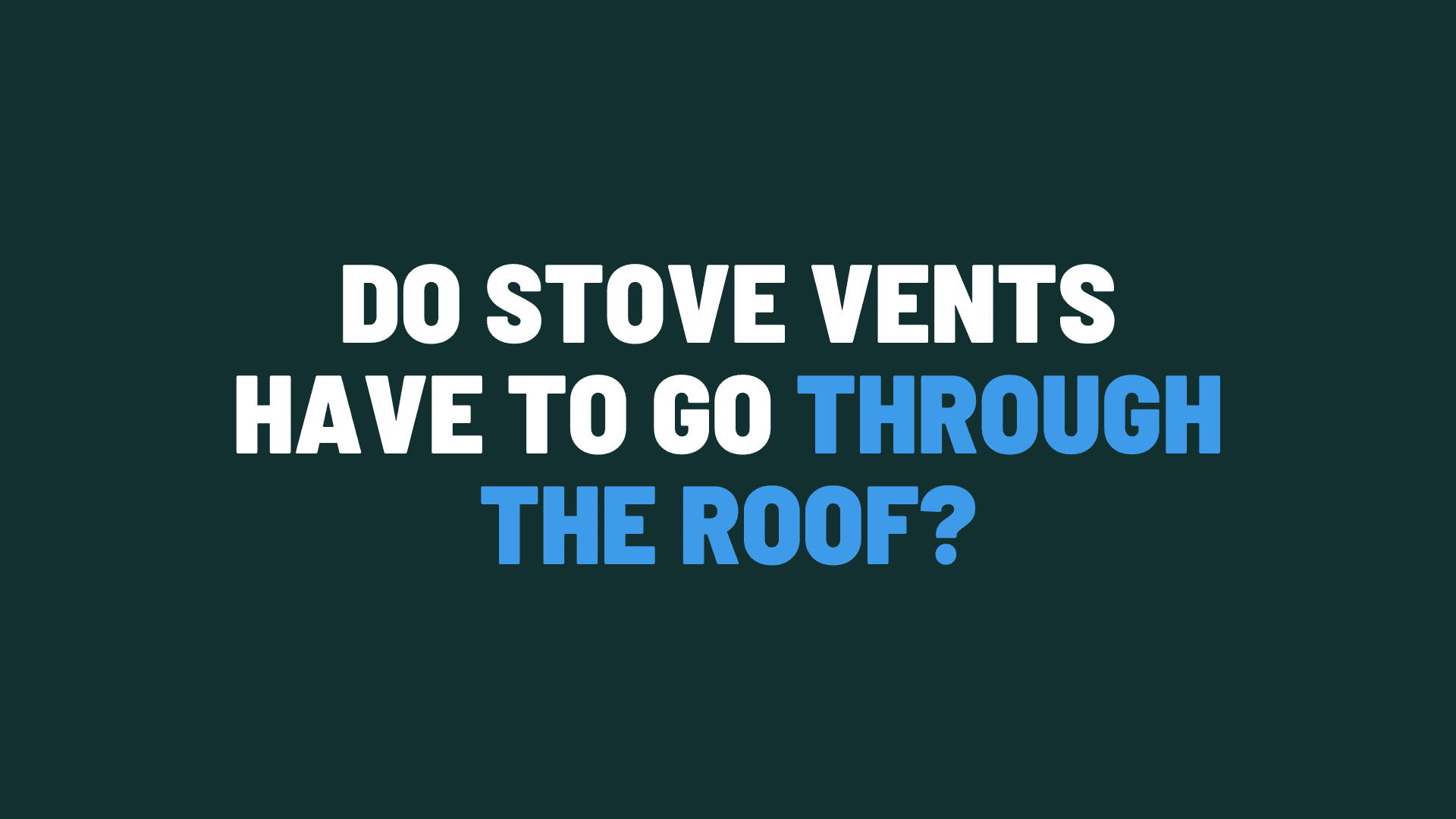
Question: Do Stove Vents Have To Go Through the Roof?
Answer: Stove vents don’t always have to go through the roof. While roofing is common and often preferred, venting through a side wall is sometimes possible depending on local codes and the stove type.
Understanding Stove Vent Options
Proper stove ventilation is important for a safe and healthy home. This article explores various stove venting methods, examining their benefits, drawbacks, and installation considerations. We’ll cover regulations and best practices, providing you with the knowledge to make informed decisions for your kitchen.
Roof Venting: A Common Approach
Roof venting represents a standard method for stove ventilation. A vent directly through the roof offers several advantages. It effectively removes cooking fumes, moisture, and airborne grease, preventing these from circulating back into your living spaces. This method is highly effective at eliminating odors and improving indoor air quality. Direct venting also minimizes the risk of grease buildup inside the vent, reducing fire hazards. While effective, roof venting requires careful planning and professional installation to ensure proper sealing and weatherproofing. Improper installation can lead to leaks or drafts, compromising energy efficiency.
Roof venting may not always be feasible or desirable, especially in apartments or certain building designs. The cost and effort involved in installing a roof vent can sometimes deter homeowners. Alternatives exist that offer flexibility and convenience in specific situations.
Click here for more information on a kitchen cabinet refinishing service
Related Article: Are Stove Vents Supposed To Be Vented Outside?
Related Article: Is it Legal To Have a Stove Without a Hood?
Regulations and Building Codes
Local building codes and regulations govern stove vent installation. These codes vary by region and aim to ensure safety and proper ventilation. Before installing any ventilation system, you must consult local building codes. Failure to comply with these codes can result in fines or necessitate costly rework. Building permits may be required, and professional installation is often recommended for code compliance and safety.
These regulations address critical safety aspects like vent material, ductwork size, and clearance distances from combustible materials. They specify requirements for fire suppression systems and other safety features, depending on the type of cooking appliance and ventilation method.
Factors Influencing Vent Choice
Several factors influence the best vent choice for your kitchen. Your cooking habits, the type of stove you use, and your home’s layout all play a role.
Cooking Frequency and Style
Frequent cooks and those using high-heat cooking methods benefit from powerful venting systems like roof or wall vents. Occasional cooks might find recirculating vents sufficient.Stove Type
Gas stoves require more powerful ventilation than electric stoves due to the byproducts of combustion. Certain high-BTU gas cooktops may have specific venting requirements.Home Layout
Homes with easy roof access may favor roof venting, while those with exterior walls close to the kitchen might find wall venting more practical. Apartment dwellers might opt for downdraft or recirculating systems due to space constraints.
Considering these factors helps you select a venting system that meets your specific needs and circumstances.
Professional Installation: Ensuring Safety and Efficiency
While some homeowners choose DIY installation, professional installation is generally recommended for most venting systems. Professionals possess the expertise to ensure proper installation, adhering to building codes and safety standards. They can assess your specific needs and recommend the most suitable venting solution. Professionals also have the tools and knowledge to handle complex installations, ensuring proper sealing, ductwork connections, and electrical wiring. This reduces the risk of leaks, drafts, and fire hazards.
Incorrect installation can compromise the effectiveness of the venting system, leading to poor indoor air quality and potential safety risks. A professional installation ensures long-term efficiency and peace of mind.
Conclusion
Choosing the right stove vent requires careful consideration of several factors. While roof venting provides excellent performance, alternatives offer flexibility depending on individual circumstances and building constraints. Adhering to building codes and seeking professional installation ensures both safety and optimal ventilation for a healthy and comfortable kitchen environment. Understanding your options empowers you to make an informed decision that best suits your needs.

Blue Malue Get in touch with Blue here.
